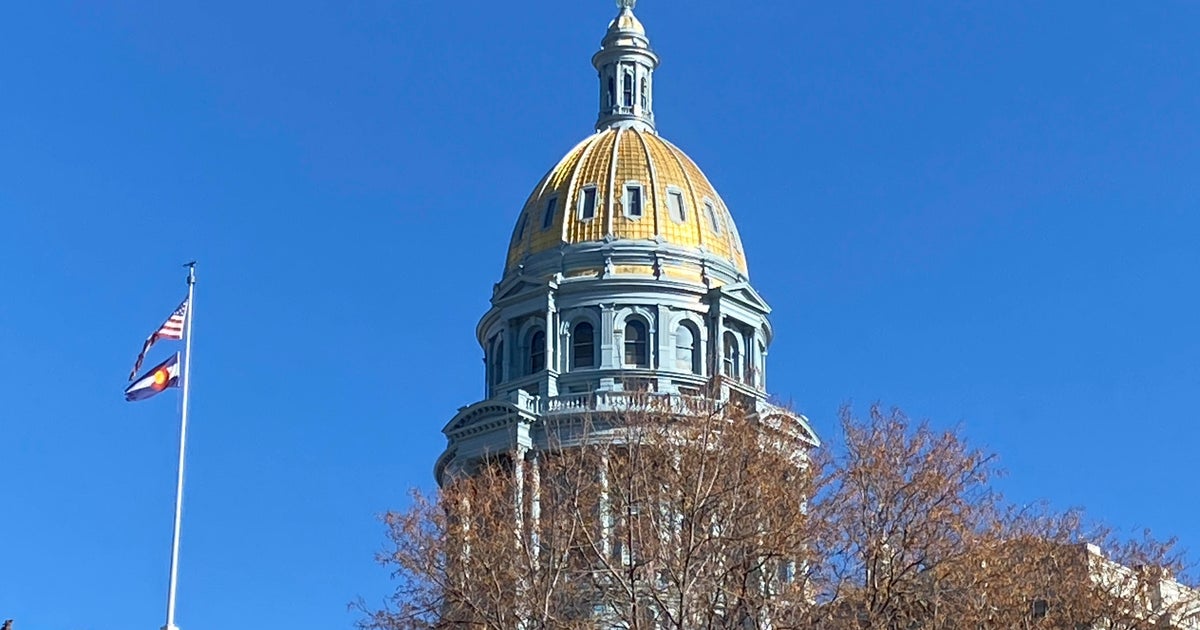Visit The 8 Places In Colorado Designated As International Dark Sky Locations
(CBS4) - The International Dark Sky Places Program wants to make sure we all have a chance to enjoy our stars and night skies. It encourages communities, parks and protected areas to introduce lighting policies that work to preserve and protect dark sites around the world. Colorado is currently home to eight dark sky locations: three parks, two national monuments and three communities.
International Dark Skies Parks And Monuments
Black Canyon of the Gunnison National Park
The Black Canyon sits at the heart of this national park in western Colorado. The Gunnison River carved the steep-walled canyon. This is a part of the world with little artificial light at night and the fixtures that are there are 100% compliant with the lighting plan. The park works with a local astronomy society for nighttime events.
- DarkSky.org Link
- National Park Service Link
Dinosaur National Monument
This monument is on the border between Colorado and Utah. It contains more than 800 paleontological sites including some of the most well-preserved dinosaur fossils in the world. Because of Dinosaur Monument's remote location, high elevation and low humidity, it's like stepping back in time to enjoy a starry, starry night.
- DarkSky.org Link
- National Park Service Link
Great Sand Dunes National Park & Preserve
This national park has the tallest dunes in North America, you'll find them in the southern part of the state in the San Luis Valley. This is one of the quietest dark skies locations, and its remote location also means some of the most pristine skies are visible. The park is open 24/7, so at any time of night you're free to pay the entrance fee, walk onto one of the dunes and stare up at the amazing array of stars.
- DarkSky.org Link
- National Park Service Link
Jackson Lake State Park
Colorado's newest addition to the Dark Sky Places list is also the only one east of Interstate 25. The park worked hard to get the designation, working with Morgan County to get rid of light pollution by updating and eliminating fixtures. The park also worked with astronomers to get a Celestron telescope at a reduced price.
- DarkSky.org Link
- Colorado Parks and Wildlife Link
Hovenweep National Monument
This national monument near Cortez straddles the Colorado-Utah border with part of it in the Navajo Nation. Hovenweep means "deserted valley" in the Indigenous language. It is home to six prehistoric villages and was granted protection in 1923. It is a Gold-tier place, the darkest of the three tiers, thanks to geographic isolation.
- DarkSky.org Link
- National Park Service Link
International Dark Sky Cities
Norwood
This southwest Colorado town sits on Wright's Mesa, creating a desert climate that creates days and nights of clear skies. The surrounding mountains and plateaus protect it from the few, distant urban sources of light. One astronomer has noted Norwood was the first place he saw a sky so dark. Clouds were black against the stars and he could see the Milky Way within the town itself.
- DarkSky.org Link
- Norwood website
Ridgway
Ridgway also received its International Dark Sky designation in 2020 after the community spent two years as part of its commitment to protect the area's natural surroundings and dark skies. It has outdoor lighting ordinances to protect the night. Ridgway is tucked along the Uncompahgre River in southwest Colorado.
- DarkSky.org Link
- Ridgeway website
Westcliffe & Silver Cliff
These two communities are the only two incorporated settlements in the Wet Mountain Valley in south-central Colorado. Sitting as they do between the parallel ranges of Wet Mountain and Sangre de Cristo, the skies are protected from the glow cast by cities along the I-25 corridor like Colorado Springs and Pueblo. The small population means there is little outdoor lighting.
- DarkSky.org Link





